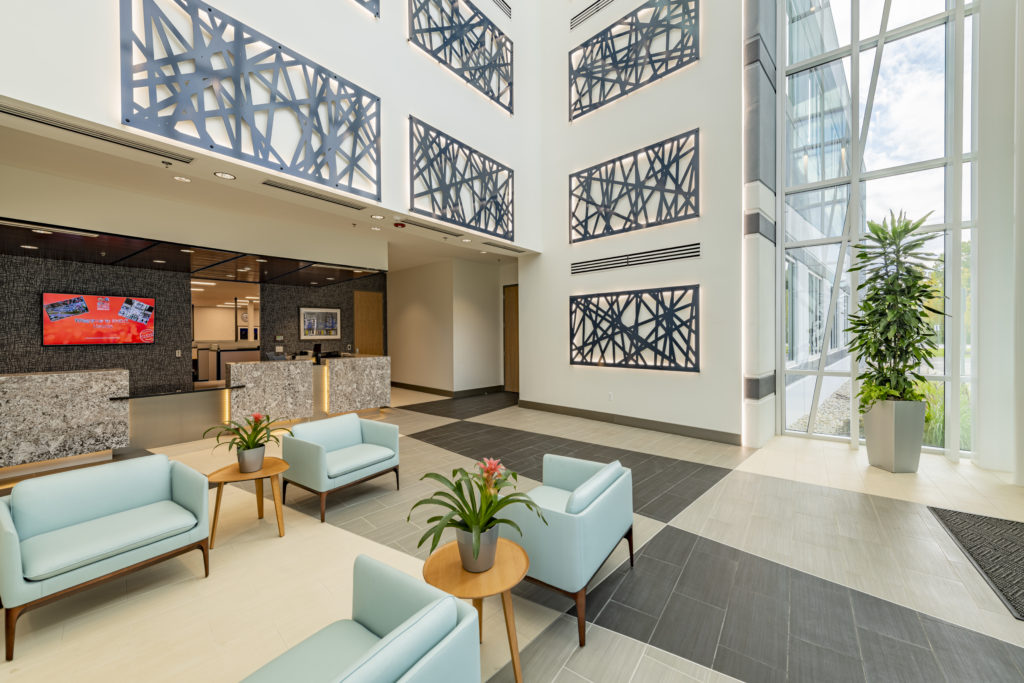The spaces that you live and work in have an impact on your mood and general wellbeing. It is important to design a space that promotes productivity in spaces for work and recreation in spaces for rest.
The psychology of space, explores the influence of our physical surroundings on how we think, feel, and act. It emerged in the 1970s and despite its relatively brief existence, environmental psychology has exerted a significant influence on how architects and designers create buildings and spaces.
From inducing warmth and safety, defining well-being, or creating a positive and efficient working environment, space can have a whole lot of impact on how we act or on what we feel; therefore, design and creative measures should be considered according to the social and psychological needs of the occupants. In short, your space should be designed according to those who are going to live and/or work in it.
Numerous studies show that buildings can impact a person’s health, as Americans spend 90 percent of their time indoors, this is more important than ever. Though it is not the only factor involved, it is important not to lose sight of the effect that the creative and design measures will have on your occupants’ sense of well-being. It is the architect’s responsibility to shape tangible solutions for users and incorporate these ideas into the structure.
Collaborative workspaces became a huge trend a few years back, shifting away from the then-traditional cubicle-style office space. However, it became clear that a fully open space, although intended to facilitate open communication and collaboration actually had a negative impact on employee’s productivity. Spaces that stimulate conversation with others but also provide opportunities to find privacy and solitude appear to be the best for workers’ well-being.
Another clear indicator of a space’s impact on your mood and well-being is proximity to nature. Buildings with ample windows, raw wood, greenery, or other natural elements assist in boosting the occupants’ wellness and positive work results. When people are seated in windowless boxes for long periods of time it has a negative effect on their mood and even health.
Although it is evident that architecture has an impact on a person’s mood, it isn’t necessarily an exact science. It may be subjective and dependent upon complex circumstances or the effect of time.
At SEA Studios, we’re proud of our ability to design spaces that are unique, original, and geared towards our clients’ needs. Through a combination of intelligent architecture and client-focused principles, we turn your vision into a reality that can truly stand the test of time.

